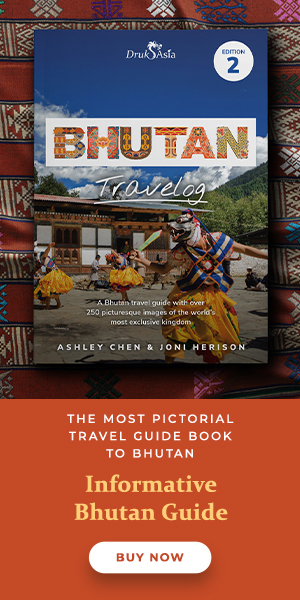Khata: The multipurpose Bhutanese scarf
“Khatas are the Buddhist equivalent of a hallmark card.” —Married to Bhutan by Linda Leaming

When a Bhutanese offers you a khata, it may be for any of the following reasons:
It can be a greeting.
It can be a blessing.
It can be a welcome.
It can be a goodbye.
It can be congratulatory.
It can be a gesture of condolence.
Khatas, Khatags or Khadas are presented at weddings, funerals, festivals, receptions, graduations; it is used when respecting an elder, worshipping Buddha, welcoming someone, or seeing someone off.
It is multipurpose, and it is an expression of goodwill.
What is a khata?
A khata is a fabric scarf that conveys well wishes and respect.
It is usually made of silk.
There is no standard dimension. However, they are typically slightly more than two metres in length and a quarter metre in width.
Sometimes, they are very long.
The khata originated from Tibet, but the tradition was eventually adopted by several neighbouring countries, including Bhutan.
Today, Bhutanese use it all the time, from religious to social settings.
When a Bhutanese visits a temple or a guru, they express appreciation to the teachers for their teachings with a khata.
The worshipper might also hang a khata on the Buddha.
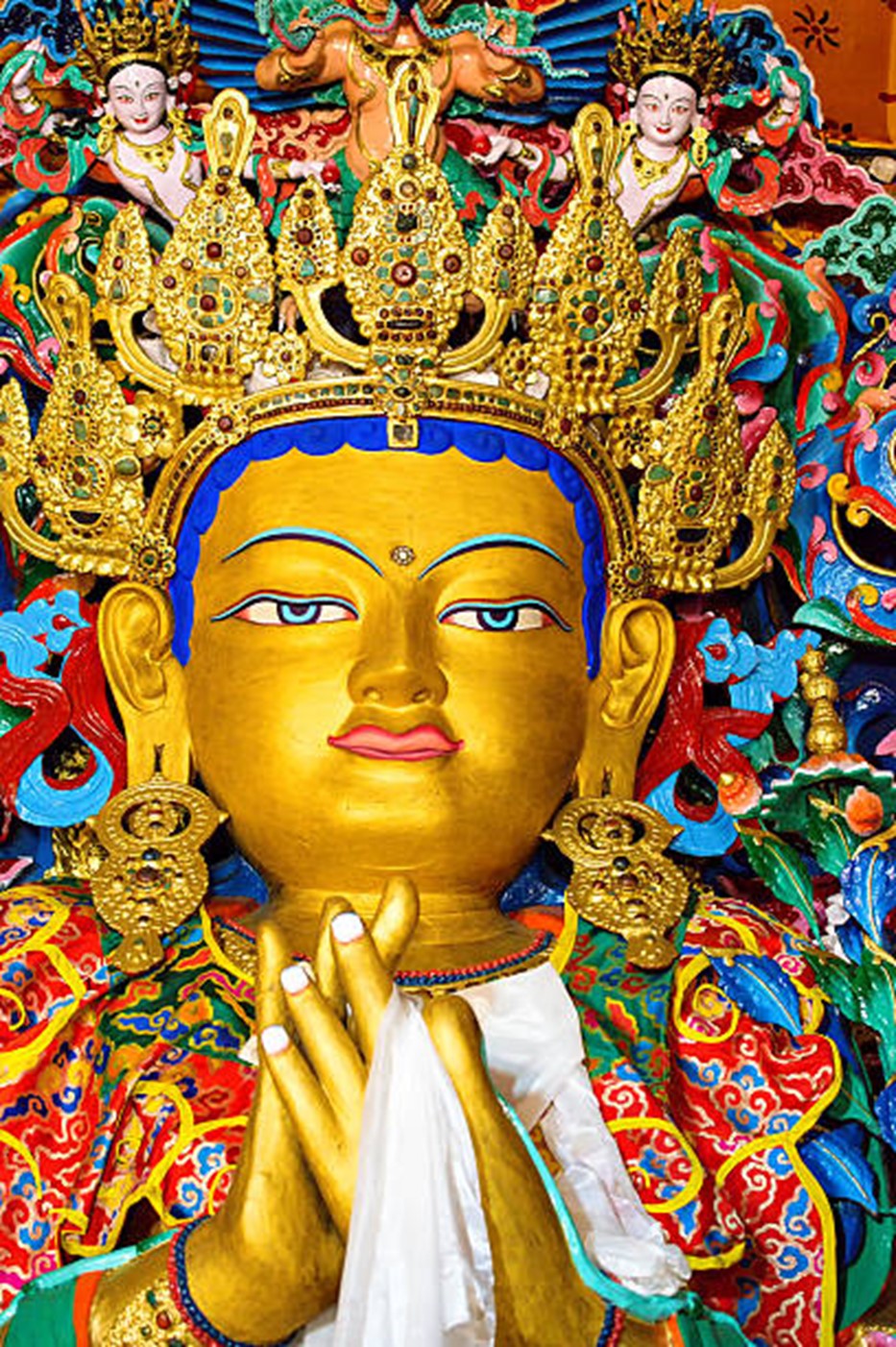
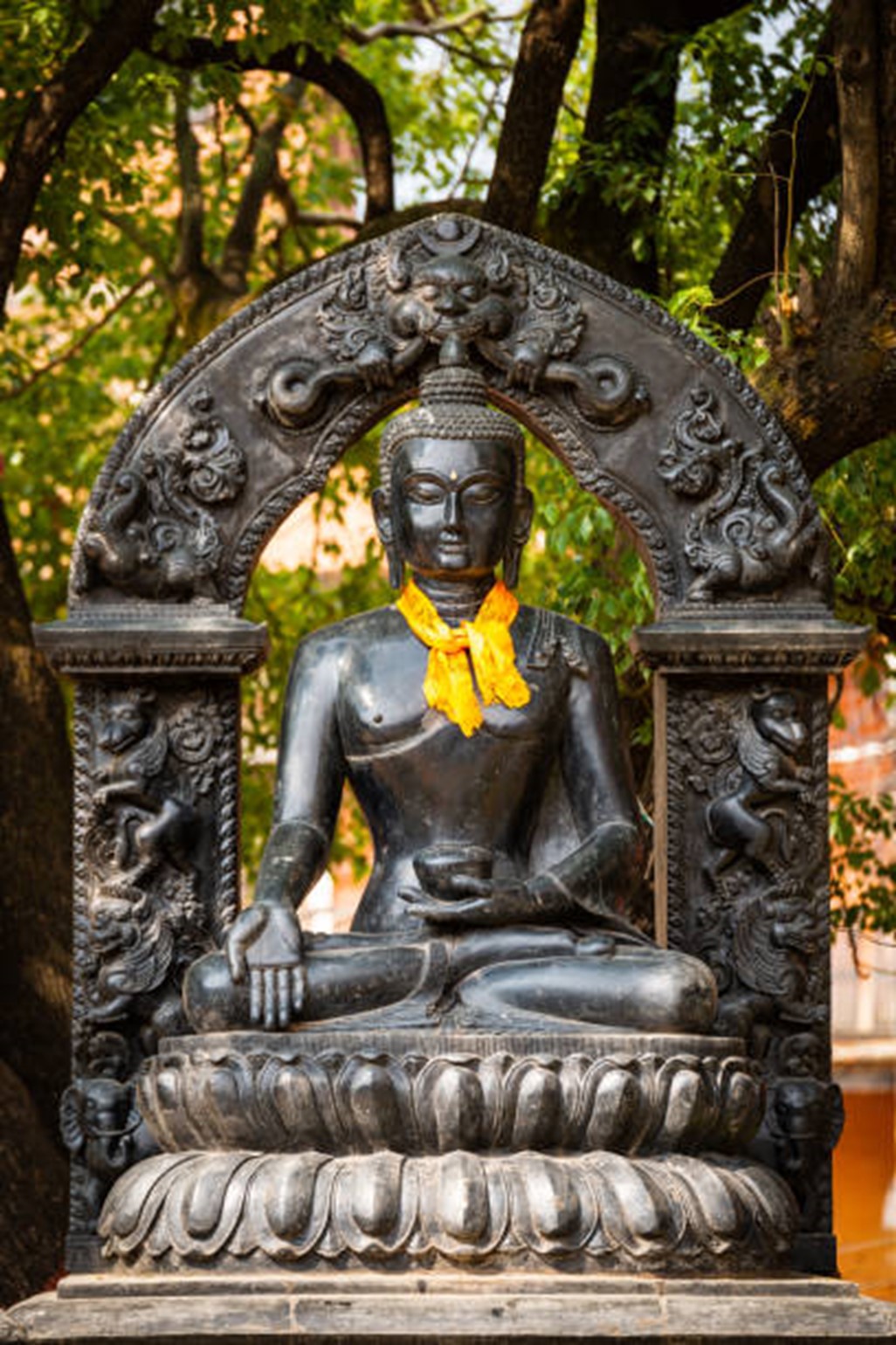
Meanwhile, a khata can also symbolise kind regards at a celebratory event, or a sign of sympathy at a funeral.
It is used to welcome a visitor or homecomer, or a farewell for someone embarking on a journey.
So, don't be surprised if you receive a khata from your Bhutanese host upon touching down from your flight at Paro Airport.
The origins of the khata
We don’t know where khatas originate from, but we have stories.
In one, Zhang Qian of the Han Dynasty was on a diplomatic mission and passed by Tibet where he presented silk to the Tibetan tribal leaders.
Receiving the gift, the Tibetans recognised this as etiquette to express friendship and blessings, and the practice of gifting khatas was born.
In another tale, the khata was thought to be the ribbon of a fairy, which symbolised holiness and supremacy. Inspired by this impression, the people shared khatas with each other as a symbol of happiness.
Married to Bhutan is a memoir by Linda Leaming on her travels through South Asia and her time living in Bhutan. One day, she was going to attend a reception for a minister (lyonpo) who was recently promoted.
So what did she do? That’s right. She purchased a khata from a fabric shop in Thimphu.
“Khatas are the Buddhist equivalent of a hallmark card,” she wrote.
The different colours of khatas
Khatas are usually white. Since a khata symbolises compassion and purity, white represents the pure heart of the giver.
Nonetheless, yellow-gold, blue, and red khatas are quite common.
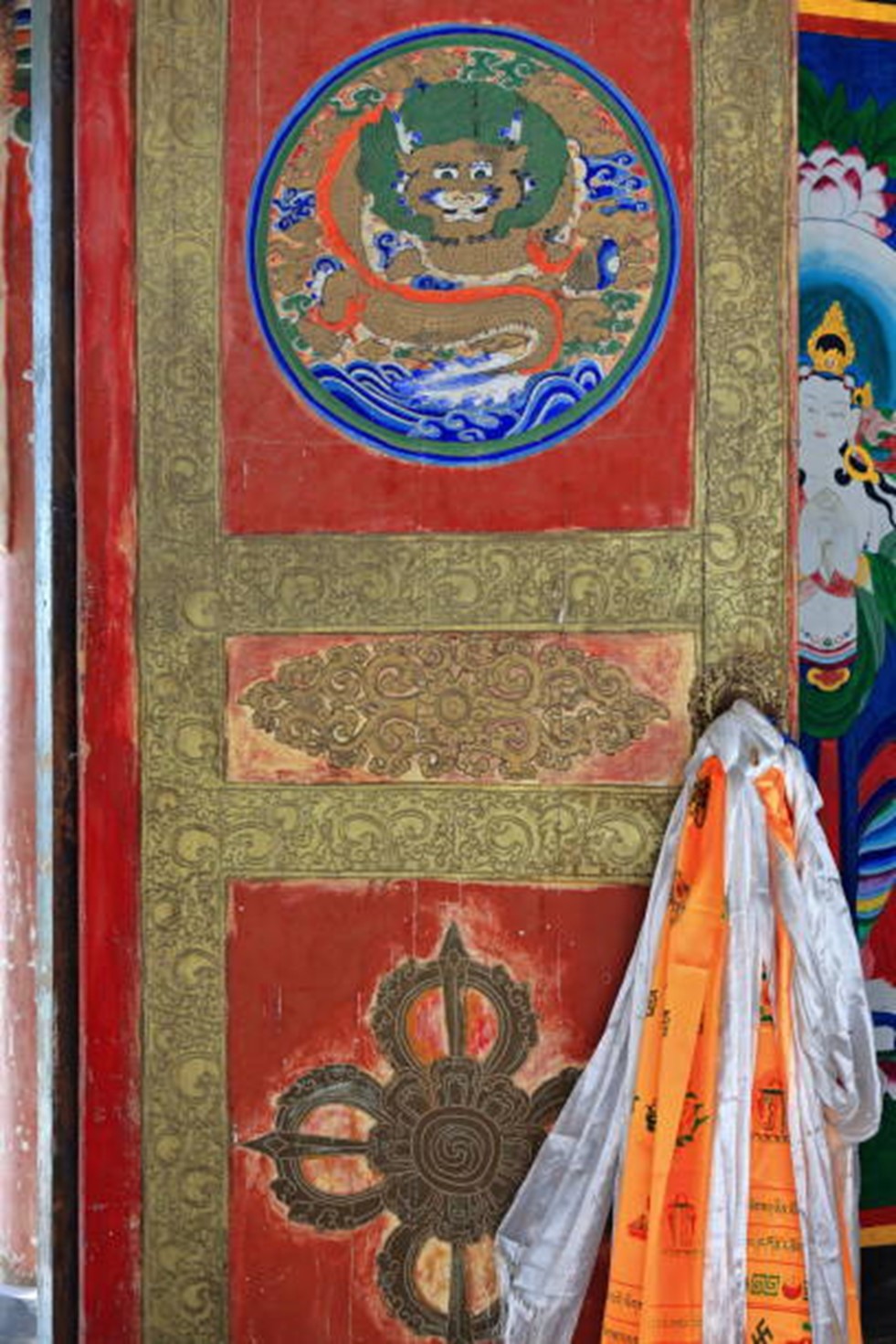

There are also five-colour khatas, often found in front of the Buddha statues, or hung above Thangka paintings. The five colours are blue, white, yellow, green, and red.
Blue represents the sky, white is for the clouds, yellow indicates the earth, green for the river, and red is a nod to God’s protection.
The five-colour khata is considered sacred and therefore only offered to close relatives and bodhisattvas.
Pattern-wise, the khata could be plain, or there might be imprints of ashtamangala (eight auspicious symbols).
How to present a khata
There are guidelines on how to present a khata.
First, the khata is folded so that it is double-layered.
Generally, you should hold it high and level with your shoulders. Then, straighten your arm, and bend forward slightly as you offer the khata.
When offering the khata to the Buddha, teachers, elders, or superiors, hold it with both hands and bend 90 degrees. Put your hands above your head with the khata in your hands.
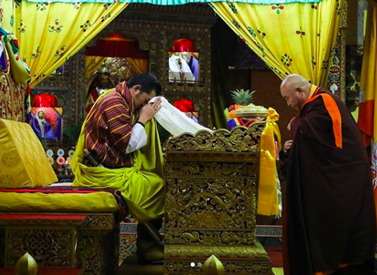
When the khata is level with your head, it is a sign of respect, and an offering of blessing to the receiving party.
For peers or subordinates, hand the khata around their neck, or hand it directly to them.
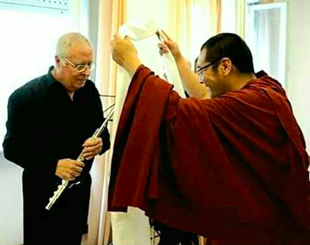

And that’s the 101 of khatas.
All in all, know that if a Bhutanese offers you a khata, it is a sign of kindness.
There are other significant ceremonial scarves in Bhutan such as kabney and rachu worn during official or special occasions.
